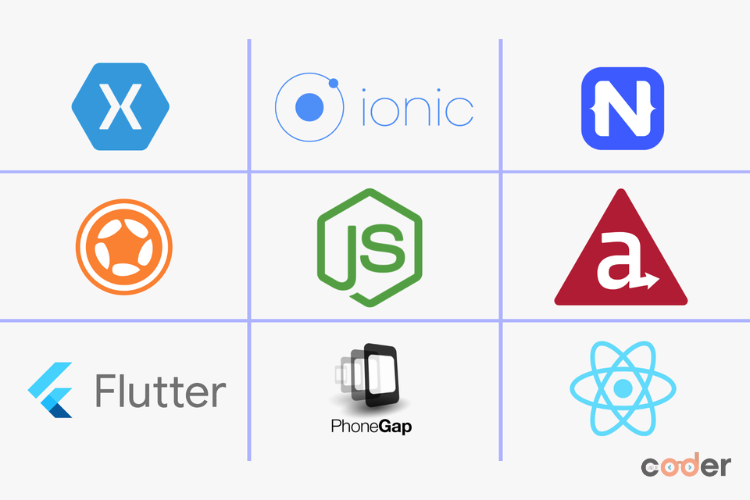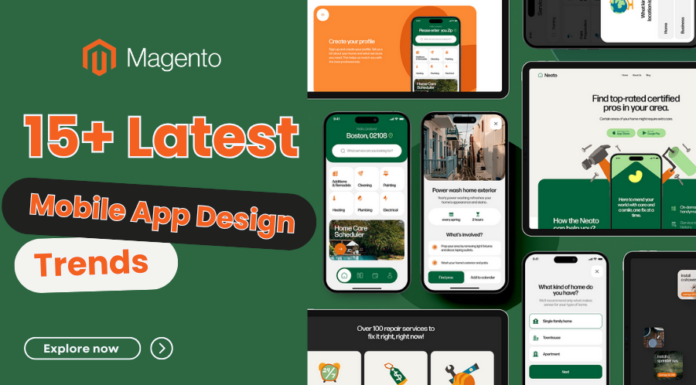
Mobile applications can generate high revenue for the business and ensure their success in this digital era if it’s designed in a proper manner. Mobile App Development is an excellent way to expand your market globally and acquire new clients. But, mobile app development costs of creating an app can really go higher if not controlled. Fortunately, it is possible to minimize or optimize the cost that is incurred in an app development project. Developers need to employ proper tactics in the planning and decision making processes. Here are 7 tips to help cut down your mobile app development costs:
Table of Contents
I. How to Reduce Mobile App Development Costs?
1. Clearly Define Mobile App Specifications
It is mandatory to define the specifications clearly before going through the developmental processes. In this case, there is no better practice than to clearly envision and outline what features and functionalities the app is to provide from the ground up. Prioritize what is feasible to achieve with the initial version rather than attempting to include as many features as possible.
The primary concern here is to identify the issues that your app addresses and are relevant to the main user experience. If you provide too many features in the first place, you will need time to perfect and add the rest of them. It is good to spend time in the documentation and requirement analysis at the initial stage so that there is no confusion for redesigning at a later date.
2. Consider Cross-Platform Frameworks
To create native applications separately for iOS and Android platforms, you have to spend high mobile app development costs. In addition, their maintenance and management is costly as well. That is why today we have cross-platform app frameworks like React Native, Xamarin and Flutter that enable you to create apps for both platforms at once with a single codebase only. This integrated approach significantly reduces the total time and mobile app development costs that top app development companies in the USA spend on the project. Cross-platform tools have been significantly advanced and are fully suitable for the majority of applications. These frameworks ensure secure, scalable and feature packed mobile apps.

3. Leverage Third-Party APIs
If you want to add additional features and elements to your site, it’s better to opt for third-party APIs for integration, as this approach is easier and reduces mobile app development costs compared to creating those elements from scratch. Some API integrations to consider are payment processing, maps, chatbots, etc. Frameworks such as Stripe and Twilio, as well as platforms like Dialogflow, are immensely helpful in development. They save your team time and resources, thereby lowering the mobile app development costs, by eliminating the need to develop common features from the ground up while focusing on your app’s value proposition.
4. Start with an MVP
Do not attempt to create a feature-packed app on the first attempt and release it to the public. To manage your mobile app development costs effectively, starting with an MVP (Minimum Viable Product) is an excellent approach. An MVP is the initial version of the app with a complete set of basic features, allowing you to avoid creating complex and potentially unnecessary features. After releasing an MVP, you can easily test and gather feedback on what actual users want, which helps you determine the most valuable features. This way, the minimum viable product approach is effective in avoiding unproductive processes and controlling your mobile app development costs.
5. Keep Your Design Simple and Intuitive
Simplicity and the absence of complexity are not only aesthetically pleasing but are also essential in significantly minimizing mobile app development costs. Less elaborate and complicated apps are easier and quicker to create when the design is understandable by everyone. This simplistic approach allows your team to focus on the efficient design of your app without being distracted by overwhelming user interfaces or flashy graphics.
Therefore, when creating the app, it’s important to ensure that the design is simple, which will make it easy for users to navigate, increasing their satisfaction and encouraging more usage. This approach also eliminates additional mobile app development costs associated with complicated designs, making your app more accessible to a wider audience. Thus, it’s crucial to emphasize that an outstanding design doesn’t need to be complicated; simplicity can create the greatest impact while keeping the development cost in check.

6. Plan for Future Scalability from the Start
Building your mobile app is like constructing a house, while designing its user interface is like decorating that house. You want to ensure that the app’s foundation is strong enough to support additional features or expansions in the future without requiring a complete reconstruction. This is known as planning for future scalability, and it’s crucial for managing mobile app development costs effectively.
From the first day you start developing your application, you should consider its future evolution. Whether you need to expand services, work with more users, or implement new options, planning for this growth early on helps to minimize both complications and expenses. This strategic approach allows you to lay down a solid structure that can accommodate new ideas or needs that may arise in the future. As your app reaches millions of downloads and begins to grow, you’ll be ready to scale up and expand while keeping mobile app development costs under control and ensuring your app remains lean and powerful for the next stage.
7. Maintain Open Communication with Your Development Team
Communication is the primary factor that will ensure all processes run smoothly, preventing issues that could lead to increased mobile app development costs. Think of it this way: if everyone on the team has the necessary information, it reduces the likelihood of costly mistakes that need to be fixed later.
Ensure that you get in touch with your development team as often as you can. It is not just about receiving an update of how things are going, but also to give your input and hear from them. It is a two-way street that enables fast problem solving and guarantees that the app is as you would like it, without extra costs.
It is possible to have fixed meetings, using basic tools of project management, and being ready to discuss urgent issues. The ultimate goal is to align all the stakeholders, especially you and your team. It eliminates the chances of small problems growing into big and costly ones and at the same time allows for checking if your app is on track to the planned vision. Maintaining communication with customers is as simple as it is effective and could prevent the spending of a lot of cash.

Conclusion
It is quite possible to create a premium mobile app without going over the top when it comes to costs. In a nutshell, it can be summed up that it all depends on the planning and decision making in the process. If you know what your app must do, if you are focusing on key features first, if you are choosing the most efficient way to build it and if you are managing the development in a lean way, then you will be able to control your costs.
Outsourcing the app to the top mobile app development company in the USA can also be cheap since you can get expert help for a fraction of what you would spend if you were to do the work in-house. Also, frequent testing of the app, maintaining a minimalistic design, and envisioning that your app will expand in the future will help you avoid wasting money and dealing with numerous problems in the future. And don’t forget, the communication with your development team helps all members stay on the right track, minimizing expensive errors. Indeed, as described in this guide, it is quite easy to create an outstanding mobile app within the set budget.












![[SALE OFF] Discount 30% All Premium Extensions On Christmas And New Year 2025 christmas-and-new-year-2025](https://landofcoder.b-cdn.net/wp-content/uploads/2024/12/christmas-and-new-year-2025-1-218x150.png)






